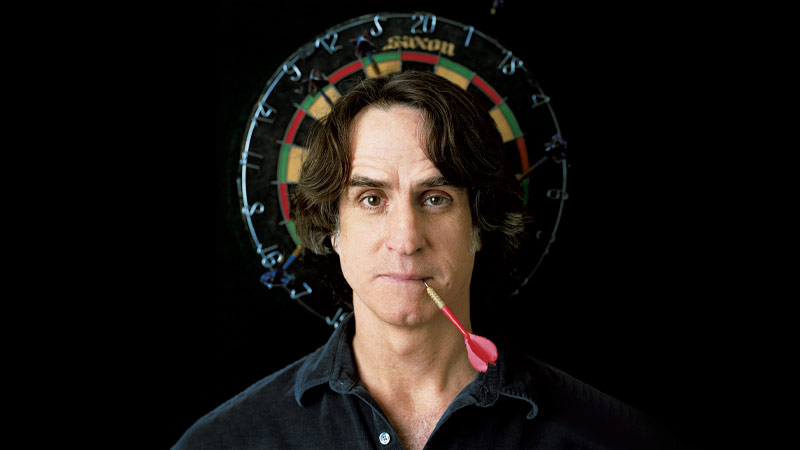Satyajit Ray, the legendary Indian filmmaker, is widely regarded as one of the greatest directors in the history of cinema. His contributions to the world of filmmaking are celebrated not only for their artistic excellence but also for their profound influence on the industry. In this blog post, we will explore ten signature elements of Satyajit Ray’s filmmaking style that have made him a revered figure in the world of cinema.
-
Realism and Humanism:
At the core of Satyajit Ray’s filmmaking style is his commitment to realism and humanism. He was a master at capturing the human experience in its most authentic form. His films, such as “Pather Panchali” and “Aparajito,” tell simple yet profoundly moving stories of ordinary people, often living in impoverished rural settings.
-
Strong Sense of Place:
Ray’s films are deeply rooted in the settings where they take place. He used location, culture, and environment to create an immersive experience for the audience. The rural landscapes of Bengal and the urban chaos of Calcutta become integral to the narrative in his films.
-
Naturalistic Performances:
Ray was known for extracting naturalistic and subtle performances from his actors. He often worked with non-professional actors to maintain the authenticity of his characters. His ability to bring out raw and honest emotions from his cast added depth and sincerity to his storytelling.

-
Intricate Character Development:
Character development is one of the key strengths of Ray’s films. He takes his time to build and develop the personas in his stories, allowing the audience to connect deeply with the characters. These multi-dimensional portrayals are central to the emotional richness of his films.
-
Symbolism and Metaphor:
Ray’s films are often imbued with symbolism and metaphorical elements. He used visual and thematic symbolism to convey deeper meanings and social commentaries. These symbolic elements invite viewers to engage in thoughtful reflection about the story and its implications.
-
Complex Family Dynamics:
Many of Ray’s films explore complex family dynamics and relationships. His narratives delve into the intricacies of family life, showcasing the conflicts, love, and tensions that bind family members together. “Charulata” and “The Home and the World” are excellent examples of his exploration of family dynamics.

-
Evocative Music:
Ray had a deep appreciation for music, and his films often feature evocative soundtracks. He collaborated with renowned composers like Ravi Shankar to create beautiful, emotionally resonant scores that add depth and cultural richness to his work.
-
Social and Political Commentary:
Ray’s films frequently serve as platforms for social and political commentary. He used his work to critique societal norms, raise important questions, and challenge the status quo. His films often explored themes related to poverty, class divisions, and post-colonial India.
-
Open-Ended Endings:
Many of Ray’s films conclude with open-ended endings, leaving room for interpretation and discussion. These ambiguous conclusions encourage viewers to reflect on the themes and messages of the film, making his work intellectually stimulating and thought-provoking.
-
Mastery of the Long Take:
Ray was a master of the long take, using extended, continuous shots to create a sense of immersion and fluidity in the storytelling. His camera work allowed the audience to become fully engaged in the narrative, adding to the overall cinematic experience.
Satyajit Ray’s filmmaking style is characterized by its realism, humanism, and strong sense of place. His films feature naturalistic performances, intricate character development, and symbolic elements that invite deeper reflection. The exploration of complex family dynamics and social and political commentary adds depth and relevance to his work. Ray’s use of evocative music, open-ended endings, and mastery of the long take have solidified his place as one of the most influential and respected directors in the history of cinema. His films continue to captivate and inspire audiences and filmmakers worldwide, showcasing the enduring impact of his unique and thought-provoking style.
directors filmmaking style Satyajit Ray
Last modified: November 23, 2023





















